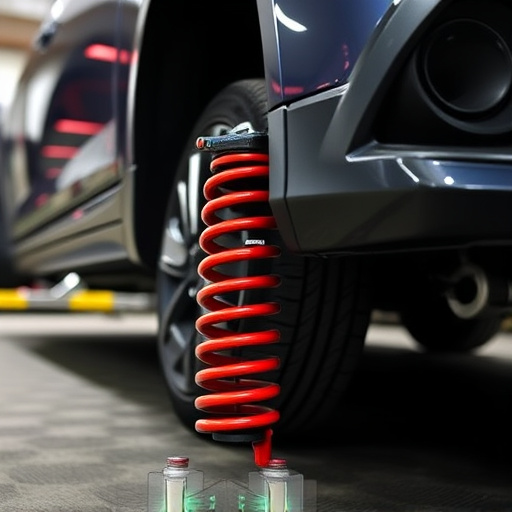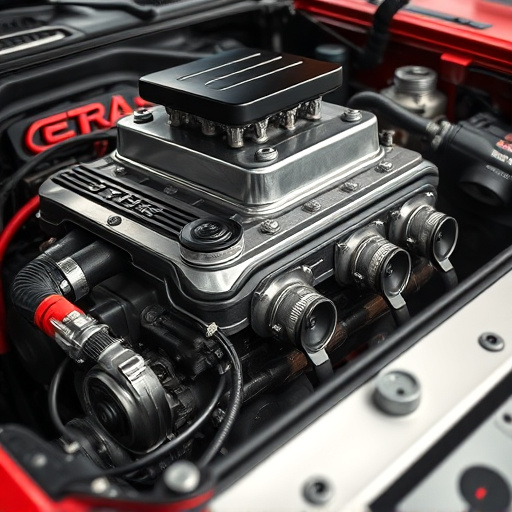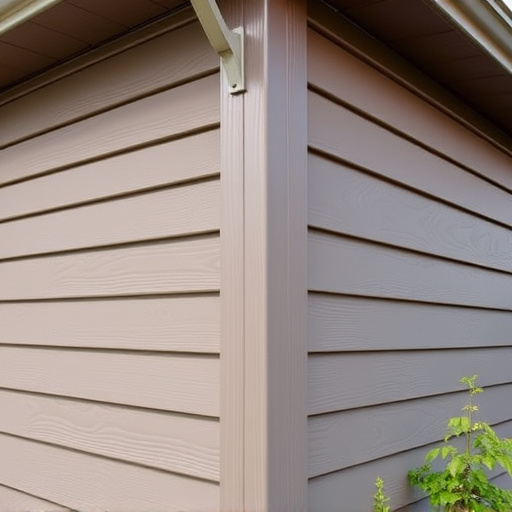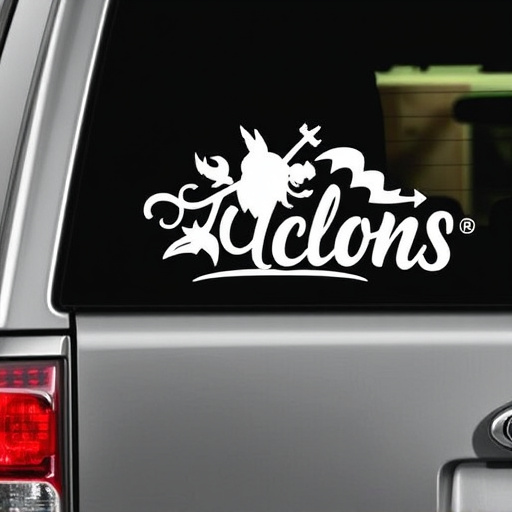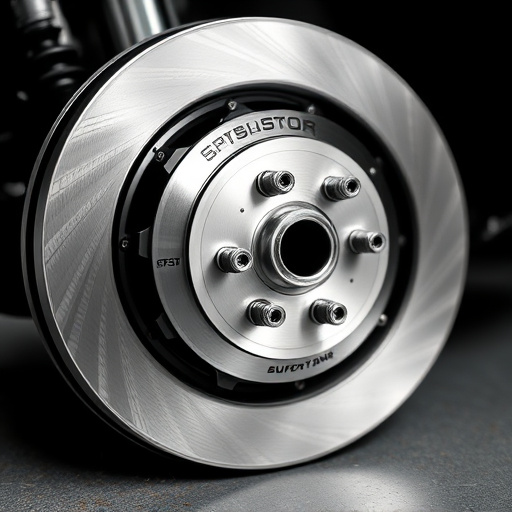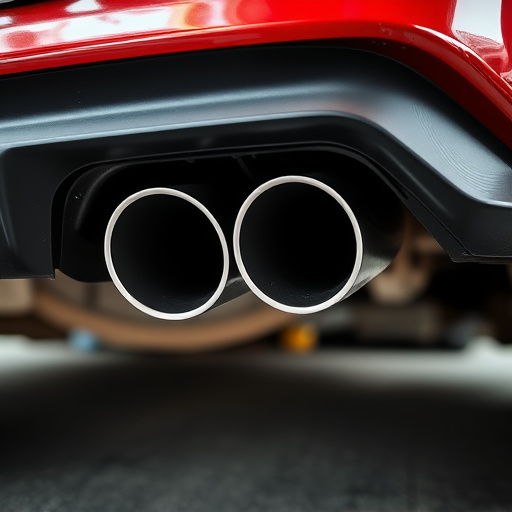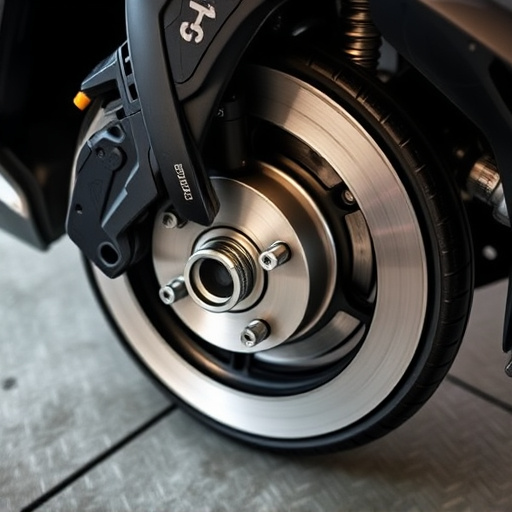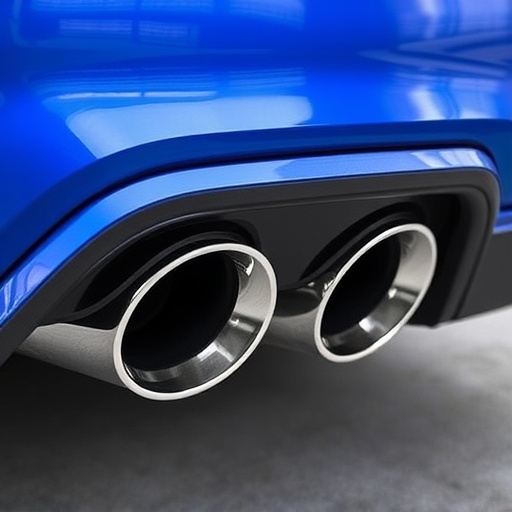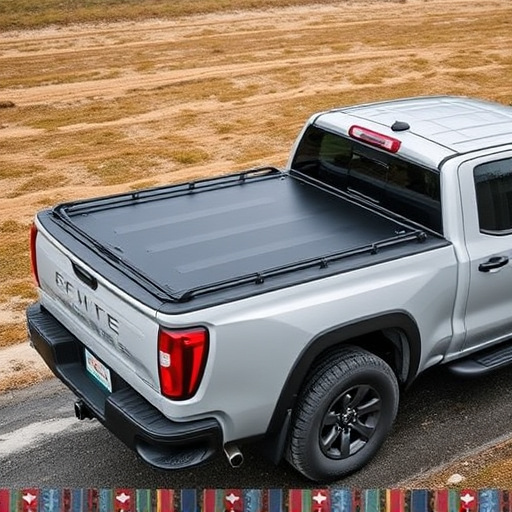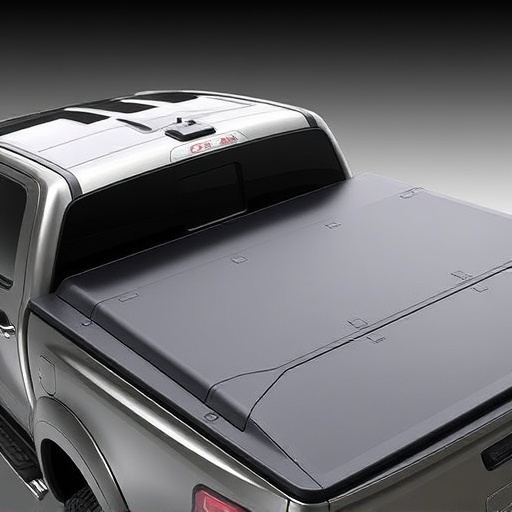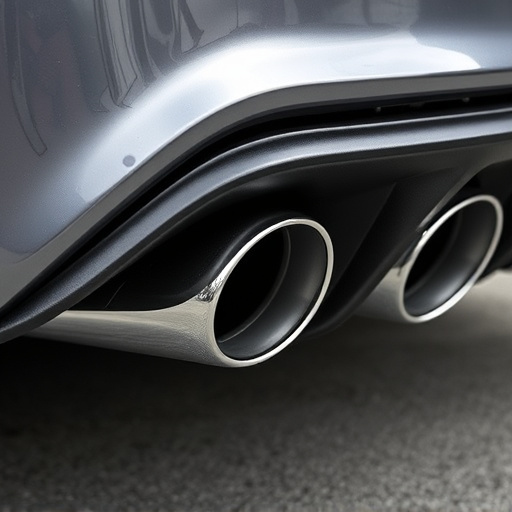Hydrolock, a dangerous issue for vehicles with ram air intake systems, arises from water entering the engine's air intake, causing performance problems or permanent damage. Key causes include driving through deep puddles, faulty installation, or damaged components. To prevent hydrolock, proper ram air intake system maintenance and installation are vital. This involves securing all parts, strategic positioning, regular sealing inspections, and using recommended fluids to minimize moisture ingestion. Well-maintained systems offer enhanced performance while significantly reducing the risk of engine damage from water intrusion.
Hydrolock, caused by water entering an engine through its intake system, can lead to severe damage. This article delves into best practices to avoid hydrolock with a ram air intake (RAM AI) system, a popular upgrade for high-performance vehicles. We explore the causes and effects of hydrolock, key RAM AI components and their roles in prevention, as well as installation and maintenance tips to ensure optimal performance and protect your engine from this damaging issue.
- Understanding Hydrolock: Causes and Effects
- Key Components of a Ram Air Intake System and Their Role in Prevention
- Best Practices for Installation and Maintenance to Avoid Hydrolock
Understanding Hydrolock: Causes and Effects
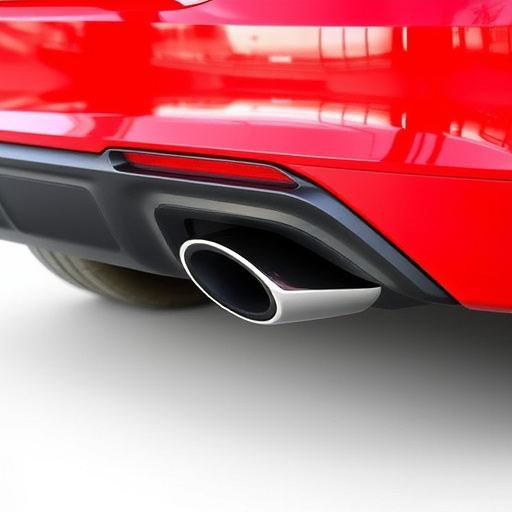
Hydrolock, a term that strikes fear into the hearts of vehicle enthusiasts, refers to a situation where water enters and clogs an engine’s air intake system, leading to catastrophic failure. This phenomenon is particularly relevant for those with ram air intake systems, which are designed to draw in large amounts of cool air for improved performance. The primary causes of hydrolock include driving through deep puddles or floodwaters, incorrect installation of the ram air intake, or a damaged or defective system. When water infiltrates the ram air intake, it can cause severe damage by drowning the engine, leading to loss of power and potential engine damage or even rendering it unusable.
The effects of hydrolock are far-reaching. It can lead to reduced engine performance, stalling, and in extreme cases, permanent engine damage. For vehicle owners with modified air intake systems like cat back exhausts or customized muffler tips, the risk is even higher. To prevent such disasters, it’s crucial to ensure proper installation, regular maintenance, and adherence to best practices when using ram air intake systems.
Key Components of a Ram Air Intake System and Their Role in Prevention
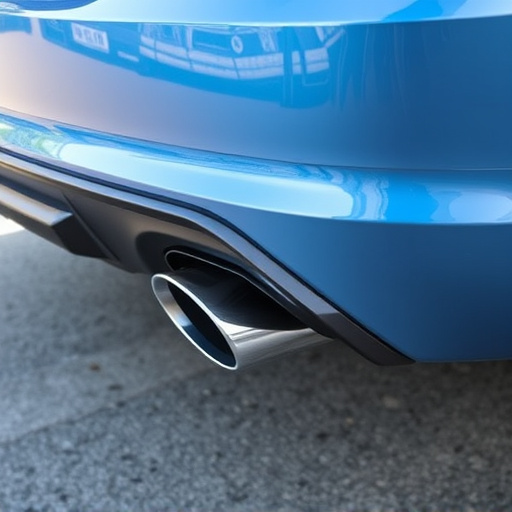
A ram air intake system is a powerful tool for enhancing engine performance, but it requires careful design and installation to prevent hydrolock. The key components of this system play a vital role in ensuring smooth operation and preventing this dangerous condition. The air filter, for instance, acts as the first line of defense, capturing and removing moisture from incoming air, thereby protecting the engine from potential damage caused by water ingestion.
The intake manifold, another critical component, is designed to direct air efficiently into the engine while minimizing pressure losses. By ensuring optimal airflow, it helps maintain a healthy combustion process. Additionally, proper sealing of various intake components, including gaskets and O-rings, prevents external contaminants and moisture from infiltrating the system, thereby reducing the risk of hydrolock. The synergy between these intake components, when combined with well-maintained brake and exhaust tips, contributes to the overall reliability and performance of a ram air intake system.
Best Practices for Installation and Maintenance to Avoid Hydrolock
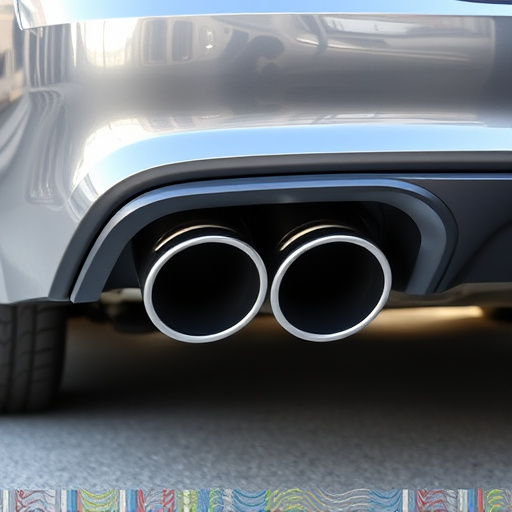
When installing a ram air intake system, proper setup is key to preventing hydrolock. Ensure all components are securely fastened and sealed to prevent water intrusion. The intake should be positioned high and away from potential splash zones, such as mud or spray from vehicles driving off-road. Regularly inspecting and replacing any worn or damaged parts, especially seals and gaskets, can also help maintain optimal performance and avoid water ingestion.
Maintainance of your ram air intake system should include routine cleaning to remove dirt, debris, and moisture buildup. Consider using recommended fluids and lubricants designed for these systems, as specified by the manufacturer. Additionally, keeping exhaust tips clean and inspecting brake pads for wear can further enhance overall efficiency and prevent unexpected hydrolock incidents during operation.
By understanding the causes and effects of hydrolock, familiarizing yourself with the key components of a ram air intake system, and implementing best practices during installation and maintenance, you can effectively prevent this issue. A well-maintained ram air intake system not only enhances engine performance but also ensures safe and efficient operation, making it an essential component for any vehicle enthusiast.
